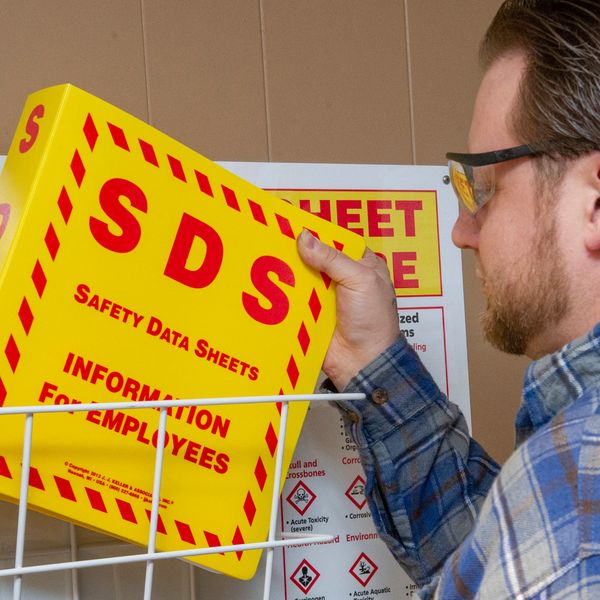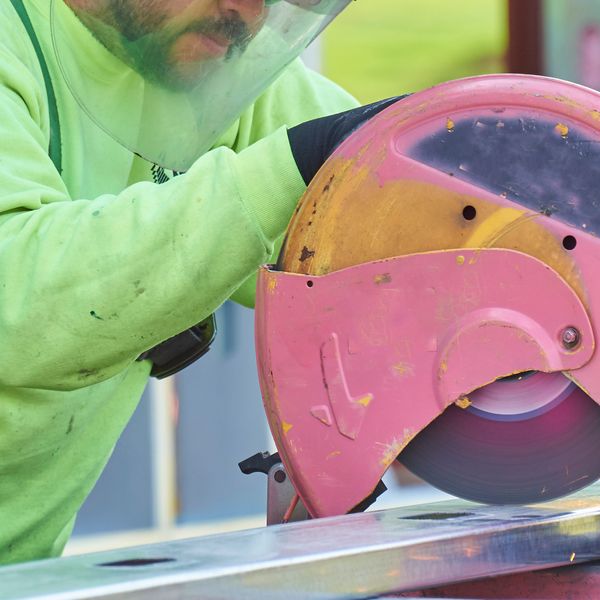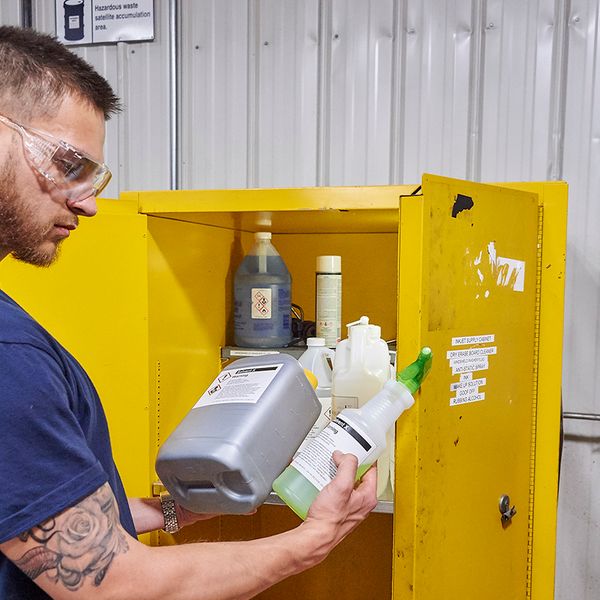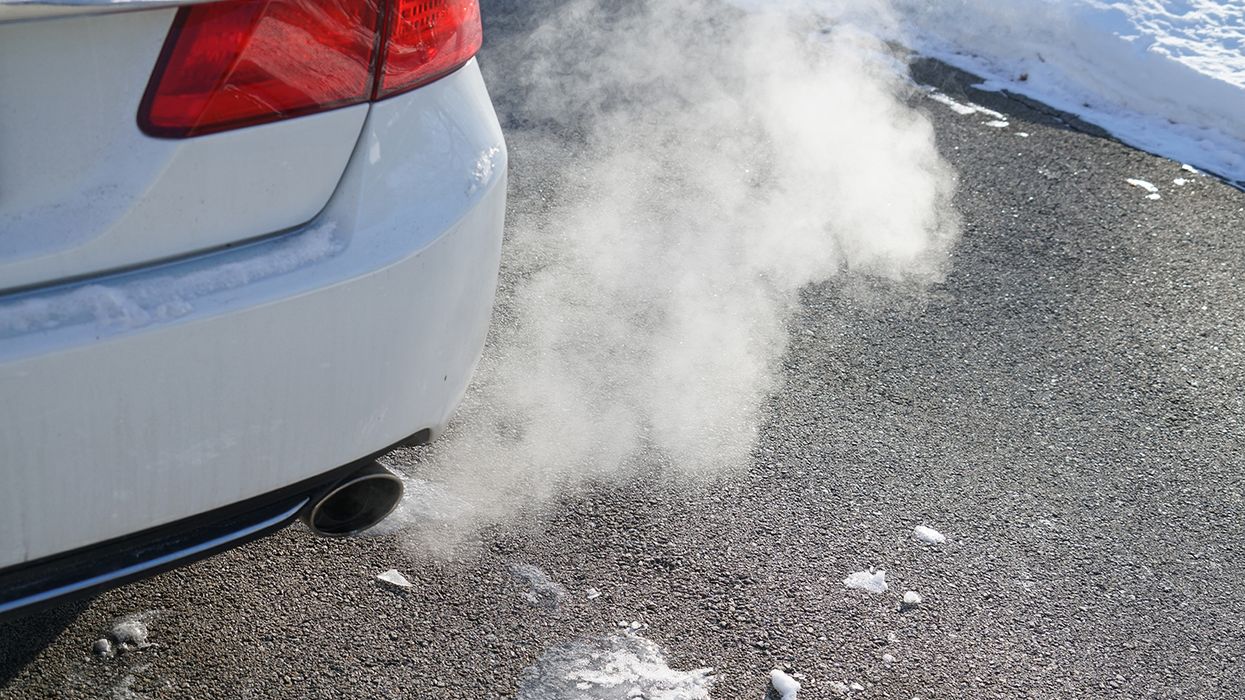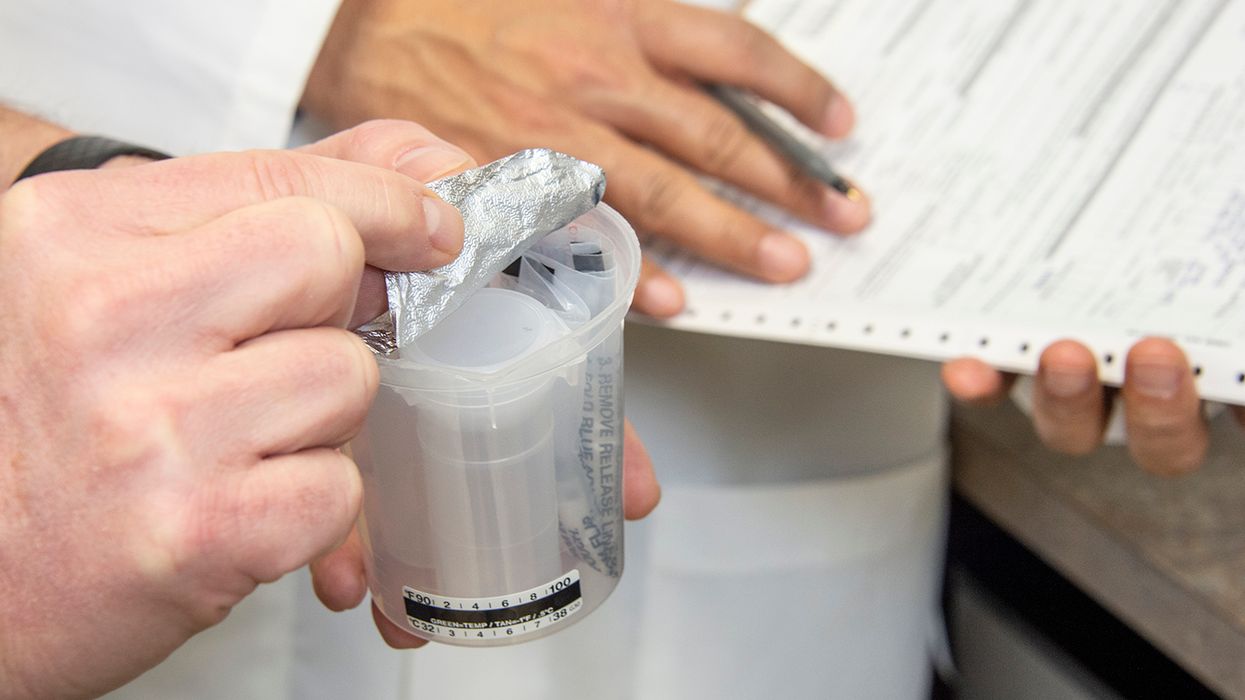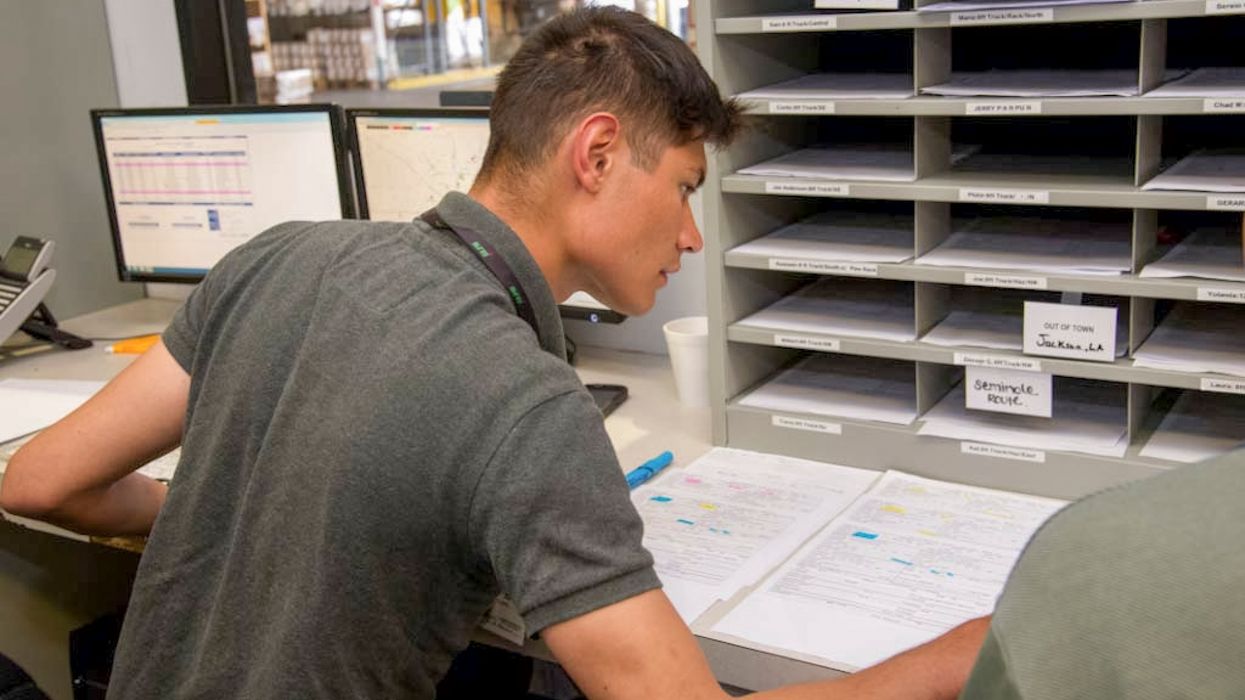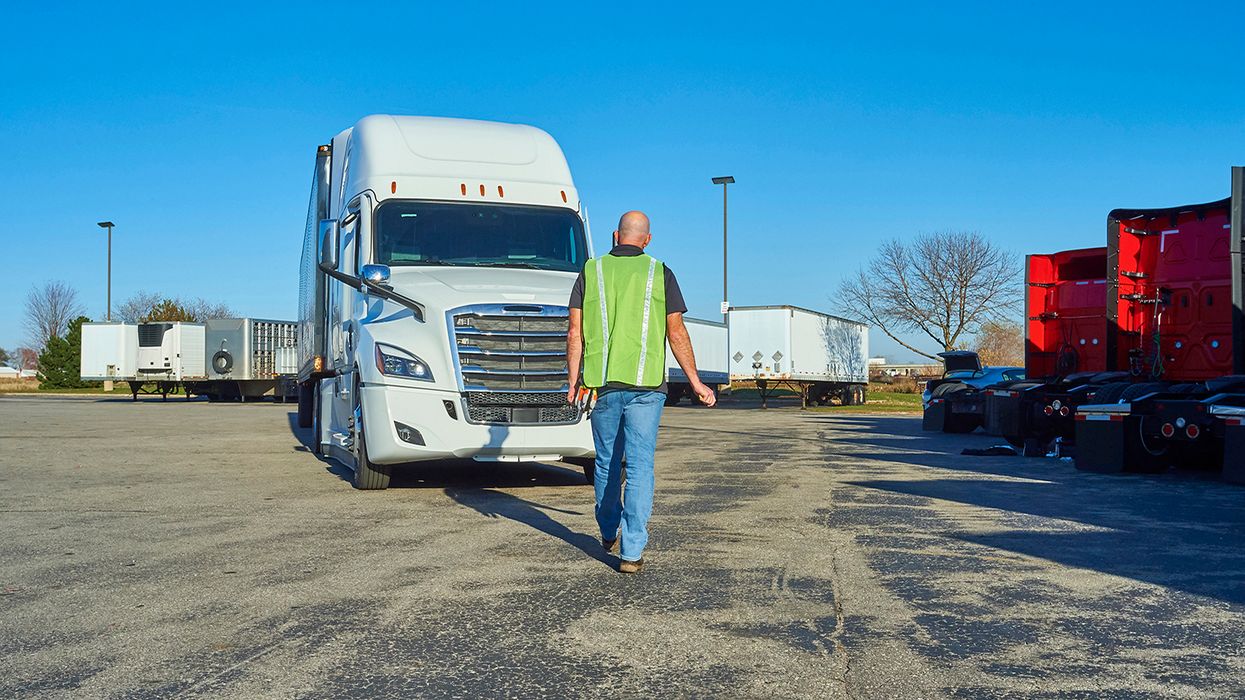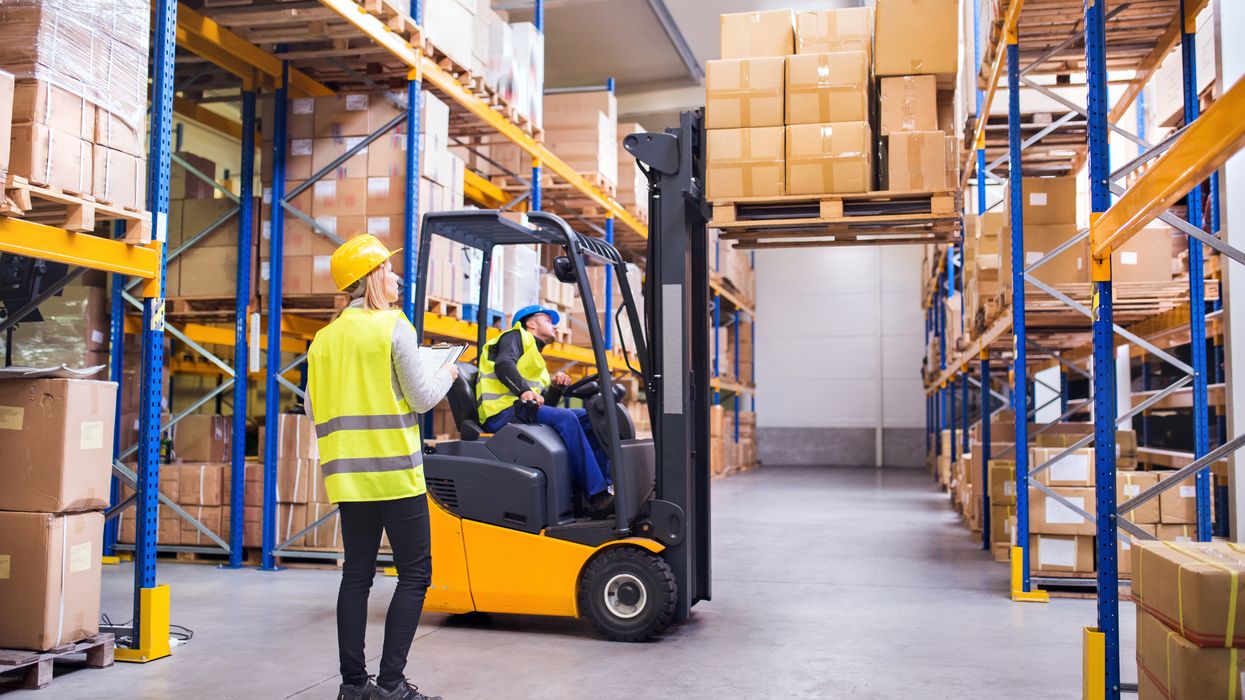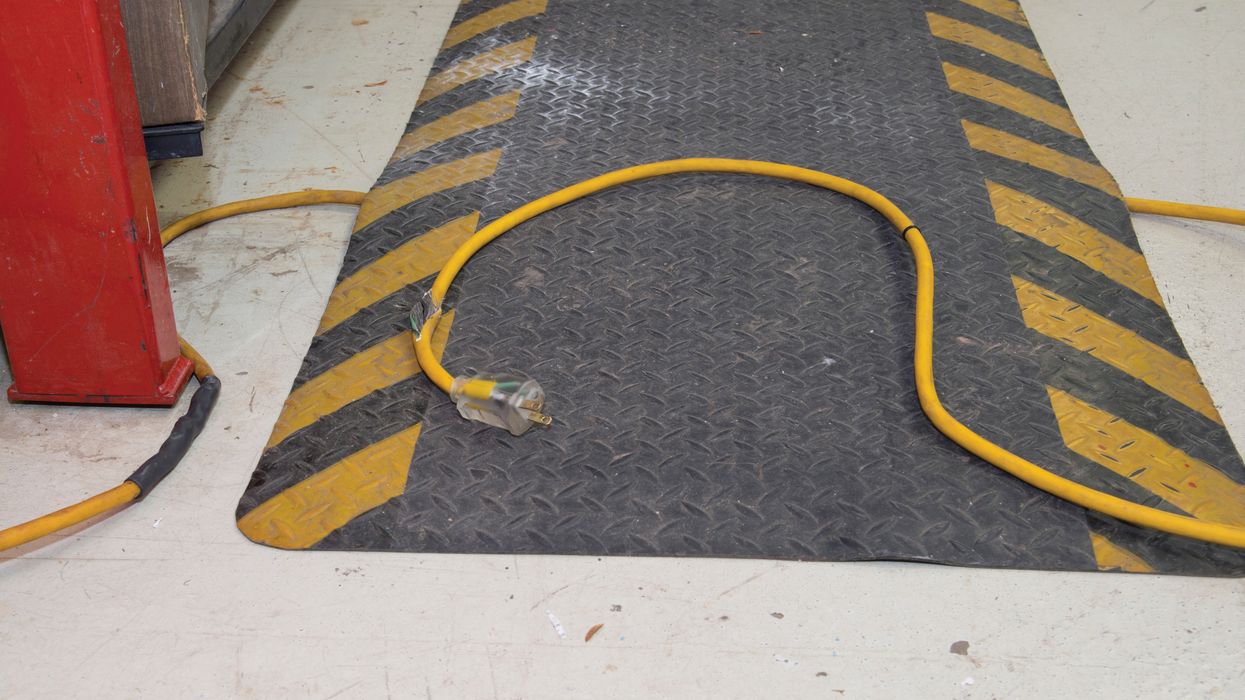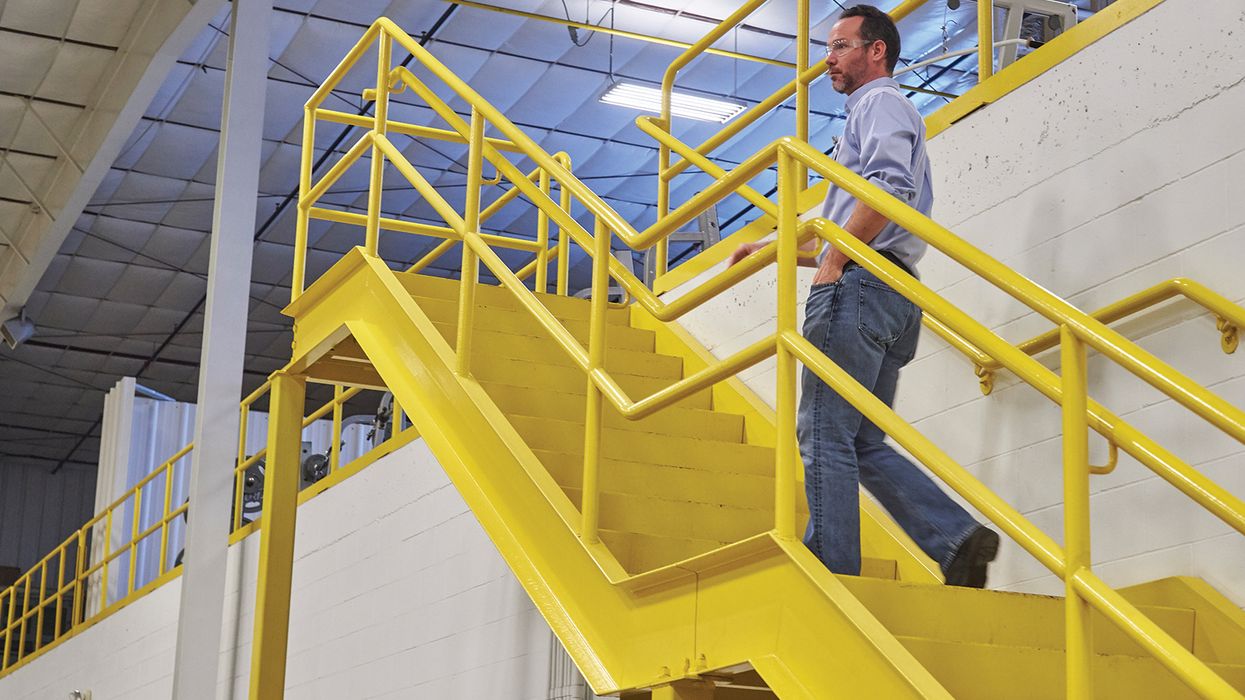Tailor your safety strategy for changing hazards
Supercharging a safety culture can be difficult and takes time. This requires change. Change is something that, without it, life would become very dull. However, too much of it can cause chaos and overwhelm people. Change is inevitable in almost all aspects of life, including work. How you deal with it determines whether or not you are successful as a company. It may also determine if you are safe as a company.
If you decide to start a new project, install a new piece of equipment, use different materials, or introduce a new process, you may unintentionally introduce new hazards at your jobsite. If you are considering such a change, a thorough change analysis should be conducted beforehand. Not only will it be cost-effective in terms of the human suffering and financial loss it prevents, but heading off a problem before it develops is usually less expensive than attempting to fix it after the fact.
New construction jobsites
Even something as basic as a new project needs to be reviewed carefully to identify hazards it might pose. A standard operating procedure that seems to enhance the production of your jobsite and appears efficient may be a harmful or even a fatal management decision.
For example, many jobsites need to lease warehouses to store certain building materials and equipment for the project. They must be kept indoors and out of the weather elements. When leasing a facility that was built for a different purpose at an earlier time, the risk of acquiring health and safety problems is even greater. You should conduct a thorough review of the actual facility, plus the blueprints or plans for any renovations. One of the most obvious concerns in acquiring an existing facility is whether asbestos insulation is present and whether it is friable (flaking off in tiny particles). But you also may discover that something as easy to fix like a loose stair railing has gone unnoticed in a rush to store materials.
Save frustration, money, and lives by having safety and health professionals involved in the planning and review of every phase of your project.
New equipment
An equipment manufacturer doesn’t know how its product will be used at your jobsite. That’s why you can’t fully rely on the manufacturer to have completely analyzed and prepared controls or safety procedures for the product. Also, if the equipment is produced in a foreign country, it may not meet clear requirements of U.S. standards and laws. Therefore, involve health and safety professionals in the purchase decision and in the installation plans.
Many companies also provide a period to test new equipment. The company assigns its most experienced operators to watch for hidden hazards in the operations before full jobsite production begins. As with new jobsites, the sooner flaws are detected, the easier and cheaper the corrections are likely to be.
New materials
Before introducing new materials to your jobsite, research the hazards that the materials themselves present. Also, try to determine any hazards that may appear due to the standard operating procedures you plan to use with the materials.
In many instances, the place to start will be the manufacturer’s safety data sheet (SDS). An SDS is required for all materials containing hazardous chemicals. It should arrive with each shipment. The SDS should provide the information needed to analyze the hazard a chemical presents and to prevent or control it.
Some traditional materials, such as lead in paint, are dangerous to use but are replaceable with less hazardous alternatives. For other materials, you may not be able to find adequate substitutes. You may need to establish controls for the hazards these materials present.
Multiple changes
Often, a big change is composed of several smaller changes. When you begin a new project, the chances are you will have new equipment, materials, and employees to monitor. Make sure each new addition is analyzed not only individually but also in relation to the other changes.
Once you have analyzed the changes at your worksite, add this information to your basic inventory of hazards. This inventory is the foundation from which you design your hazard prevention and control program.
Key to remember: Change isn’t always easy. But if you make changes in small doses and have a clear plan, it’s much more manageable.






